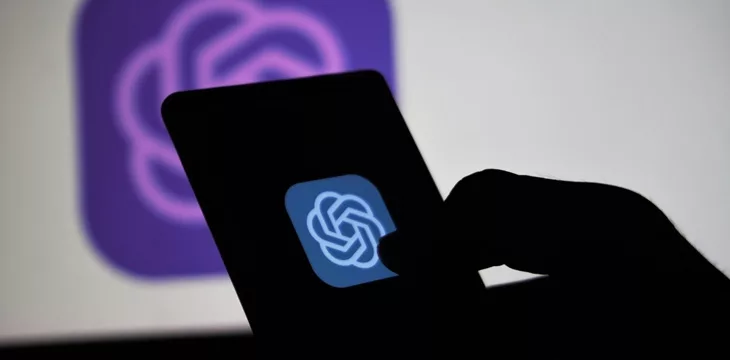
|
Getting your Trinity Audio player ready... |
OpenAI has announced a new artificial intelligence (AI) model that it says will be the most powerful in the market. Known as GPT-4o and expected to be rolled out in the coming weeks, the new AI model is faster and capable of realistic voice conversations.
OpenAI CTO Mira Murati announced the new model at the company’s San Francisco headquarters, describing it as the “future of interaction between ourselves and the machines.”
“We think GPT-4o is really shifting that paradigm,” he told the cheering crowd.
GPT-4, launched in March 2023, is currently the company’s most powerful model and powers the paid version of ChatGPT. While it has the largest market share, ChatGPT has been facing increased competition, with Google’s (NASDAQ: GOOGL) Gemini becoming a more prominent player over the past year. OpenAI has also been under pressure to expand its user base, and with ChatGPT’s most advanced features currently only available to paid users, this has been a challenge.
From bedtime stories to high-profile resignations
The new GPT-4o allows users to upload images, text, and audio documents, which it analyzes swiftly. It also integrates directly with Google Drive and OneDrive, eliminating the need to download and upload files to the chatbot. Its ability to interpret datasets from natural language and create complex charts has also been boosted.
However, GPT-4o’s most remarkable feature is its voice capabilities, which are edging closer to sounding human. It’s equipped with its most realistic voice so far, which CEO Sam Altman subtly likened to “Her,” the 2013 film in which a man falls for an AI assistant voiced by Scarlett Johansson.
In one demonstration, the chatbot generated a bedtime story and told it in varying inflections. OpenAI said this feature will be rolled out gradually to ensure it’s not abused, although it offered little details on the specifics, as it so often does.
GPT-4o also has enhanced capabilities to identify human emotions. At the showcase, researchers demonstrated this by asking it to read their facial expressions. The new AI model described one of the researchers’ expressions as “happy and cheerful with a big smile and maybe even a touch of excitement.”
Speaking to media outlets after the demo, Murati said the new model is free because it’s much more cost-effective than previous models. He also pledged that the company would not sell ads to supplement the free model.
While GPT-4o might be OpenAI’s most efficient yet, energy experts believe that AI is too costly for the grid in its current state. Aaron Jagdfeld, whose company Generac is a leading backup generator manufacturer, told Fox Business that a ChatGPT request currently guzzles 17 times more energy than a Google search. He believes that AI data centers will put the same strain on the U.S. grid in five years as adding 40 million new households.
The new AI model was announced in the same week as the resignations of Ilya Sutskever and Jan Leike, two of its co-founders who led the super alignment team. This team, which was immediately dissolved after the departures, was charged with ensuring OpenAI stuck to its stated values of safety and benefitting humanity.
Leike criticized the company, alleging that it had veered off from its mission, and revealed that Altman had increasingly denied him the resources he required to ensure OpenAI’s products were safe for humanity.
In order for artificial intelligence (AI) to work right within the law and thrive in the face of growing challenges, it needs to integrate an enterprise blockchain system that ensures data input quality and ownership—allowing it to keep data safe while also guaranteeing the immutability of data. Check out CoinGeek’s coverage on this emerging tech to learn more why Enterprise blockchain will be the backbone of AI.
Watch The Web3 trifecta: AI, metaverse & blockchain

 11-21-2024
11-21-2024


